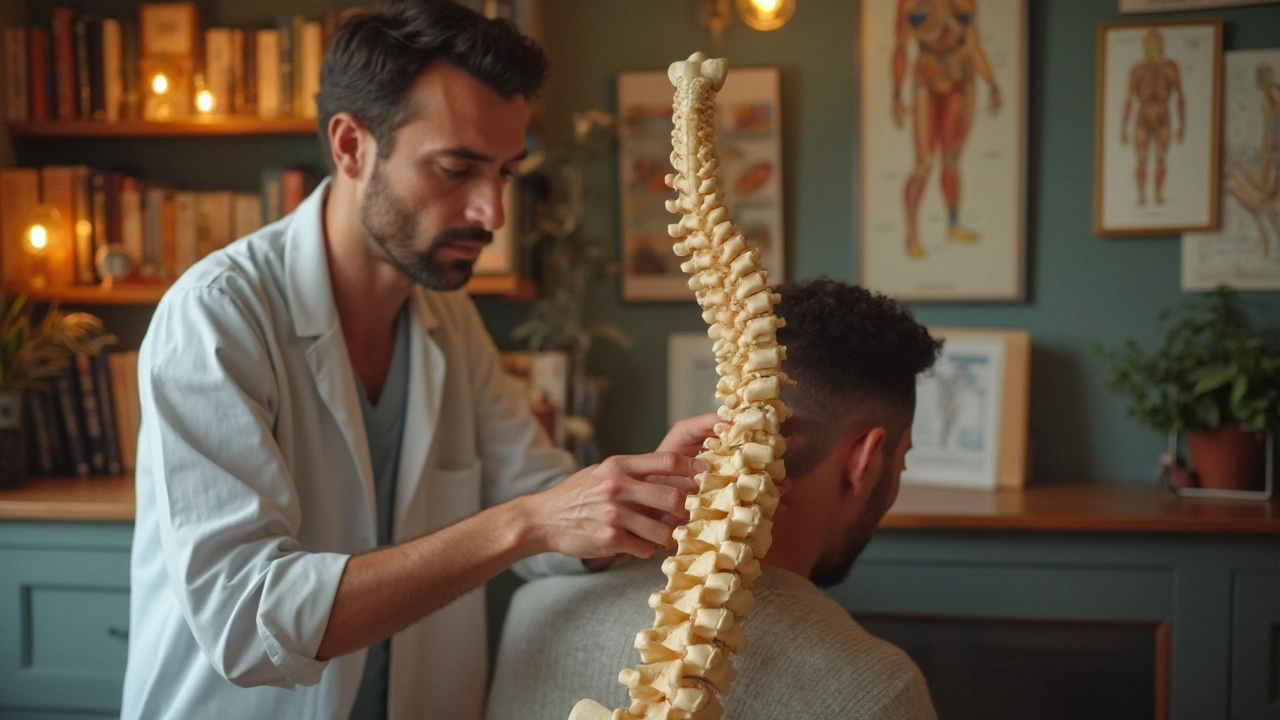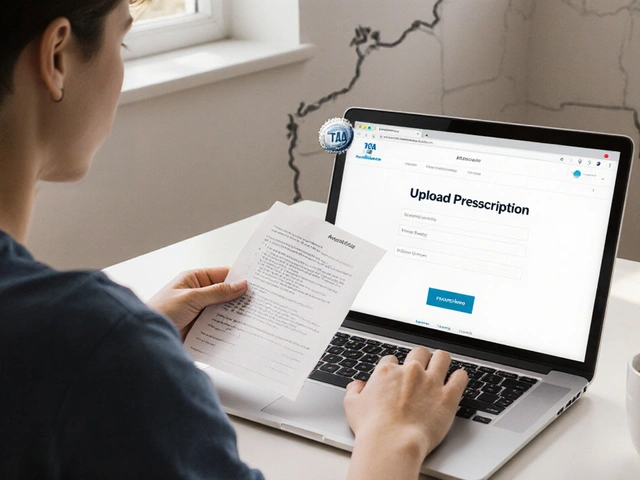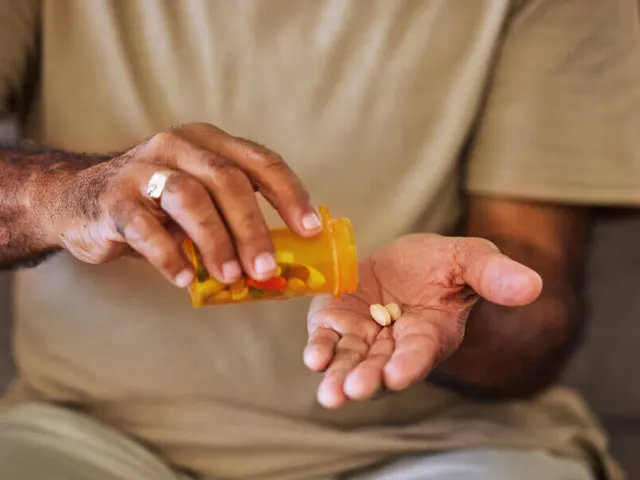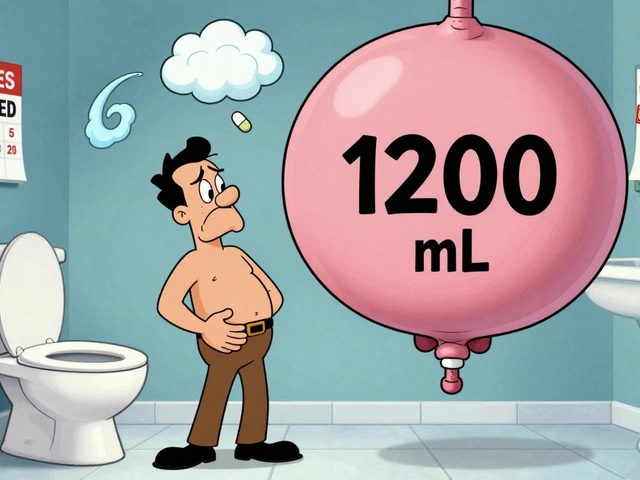Back pain: fast relief, simple fixes, and what really helps
Back pain is one of the most common complaints I hear. It can start after lifting, sitting too long, or without any obvious trigger. The good news: most cases get better in days to weeks with simple steps you can do at home. Below you’ll find clear, practical tips—no fluff—so you can feel better and avoid making it worse.
Quick relief you can try today
Need immediate help? Try these first: move gently, avoid bed rest for more than a day, and alternate ice (first 48 hours) with heat (after 48 hours) to cut pain and muscle spasm. Over-the-counter options like ibuprofen or naproxen reduce inflammation; acetaminophen eases pain. Follow the label and don’t mix without checking other meds. A 10–15 minute walk every few hours keeps the spine happy—staying completely still often makes pain worse.
Simple stretches help loosen tight muscles. Try a hamstring stretch (sit, extend one leg, reach toward your toes) and a knee-to-chest hug while lying on your back for 20–30 seconds each. Gentle pelvic tilts and cat–cow on hands and knees ease stiffness without stressing discs. Do these 2–3 times a day if they don’t increase pain.
Fix the habits that keep pain coming back
Long-term relief comes from small habit changes. Sit with feet flat, hips and knees at about 90 degrees, and support your lower back with a small cushion if needed. Set a timer to stand and move every 30–45 minutes. When lifting, bend your hips and knees, keep the object close, and avoid twisting your spine.
Strength matters. Build a strong core with low-impact moves: planks, bird-dog (on hands and knees extend opposite arm and leg), and bridges. Start slow—two to three 10-minute sessions a week is enough to begin. Carrying extra weight around the middle stresses the lower back, so modest weight loss often reduces flare-ups.
Sleep matters too. Use a mattress that supports your spine; side sleepers benefit from a pillow between the knees. If you sleep on your back, put a pillow under your knees to reduce lower back curve.
Watch for red flags. Call your doctor or seek emergency care if you have severe weakness, numbness in both legs, trouble walking, new bladder or bowel control loss, high fever with back pain, or pain after a major fall. Those signs need urgent evaluation.
If pain lasts more than 6 weeks, is getting worse, or keeps you from normal life, get medical advice. A doctor can check for nerve compression, infection, or other causes and recommend targeted treatments like physical therapy, referral to a specialist, or short-term prescription meds. Small, steady steps usually beat quick fixes—keep moving, stay mindful of posture, and strengthen what supports your spine.





